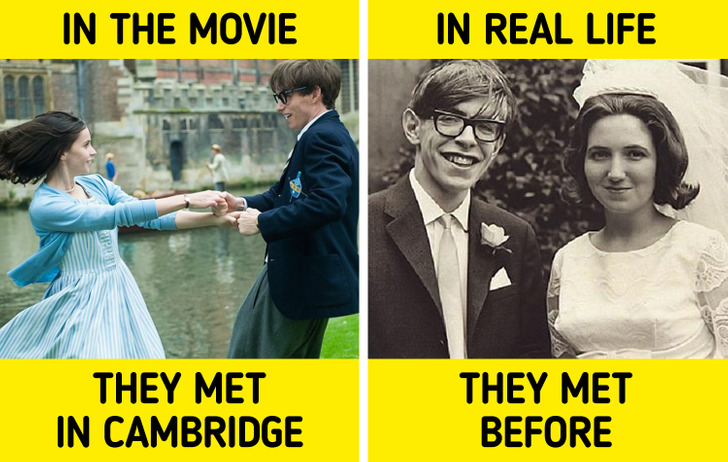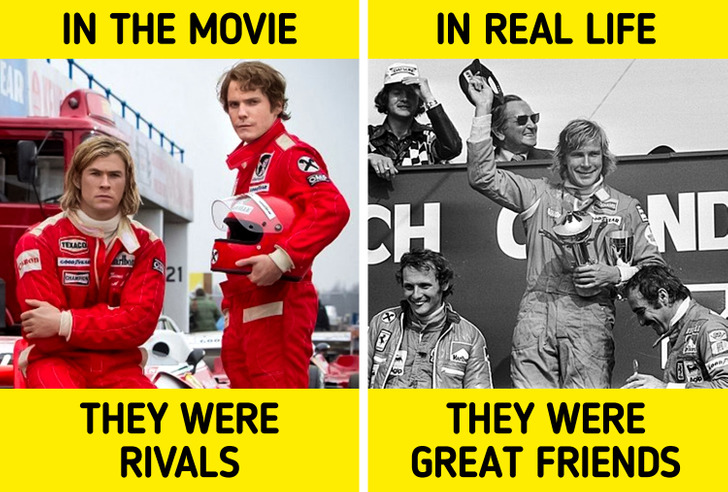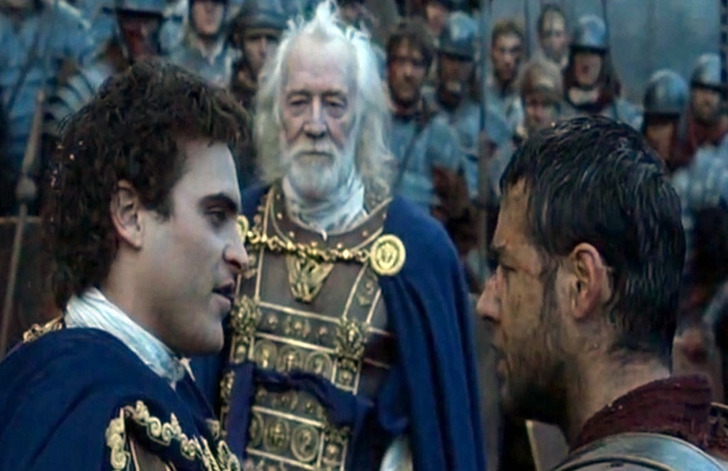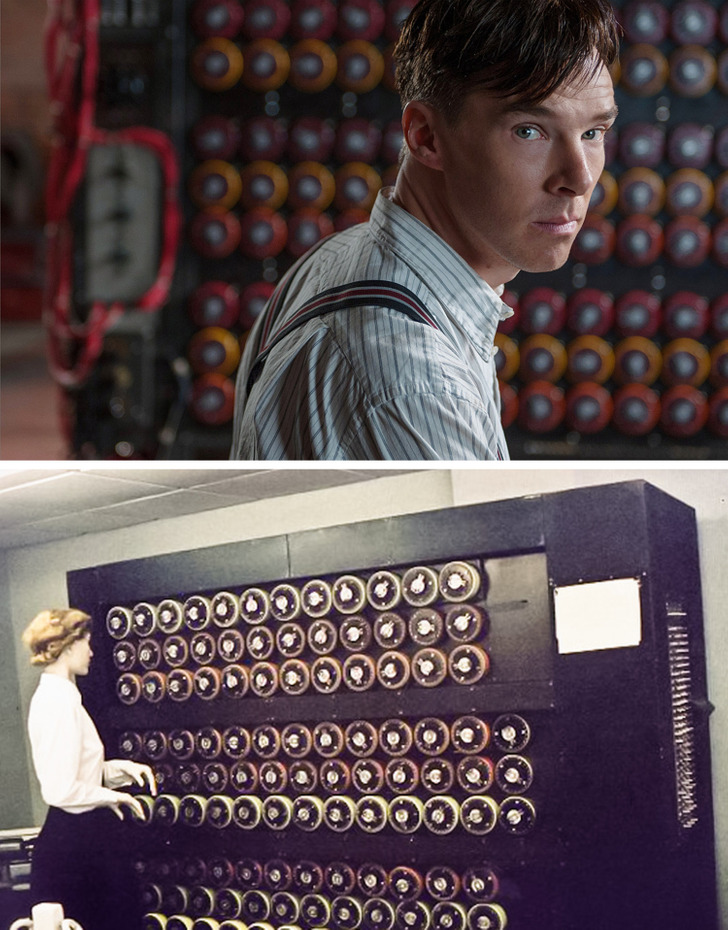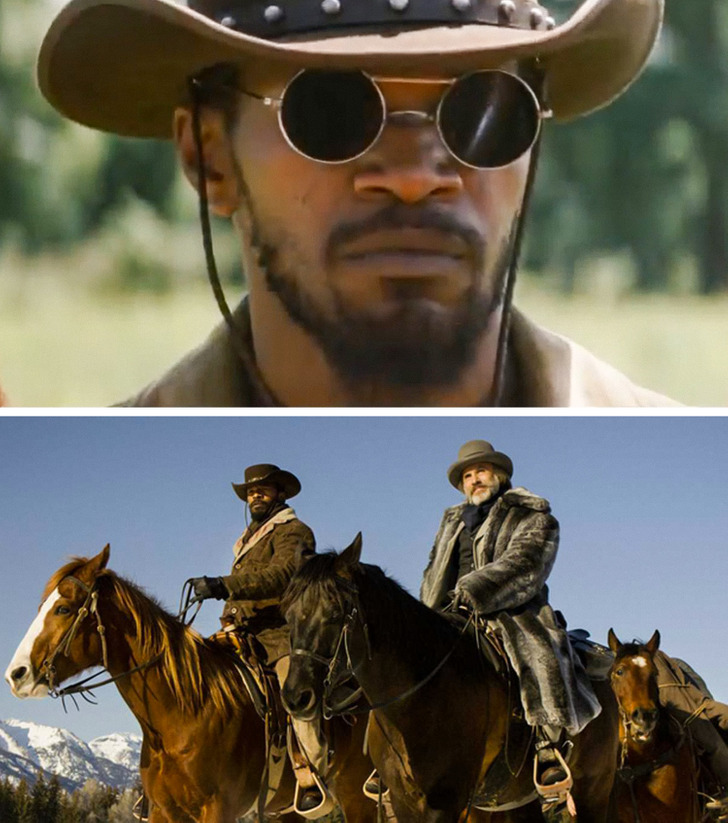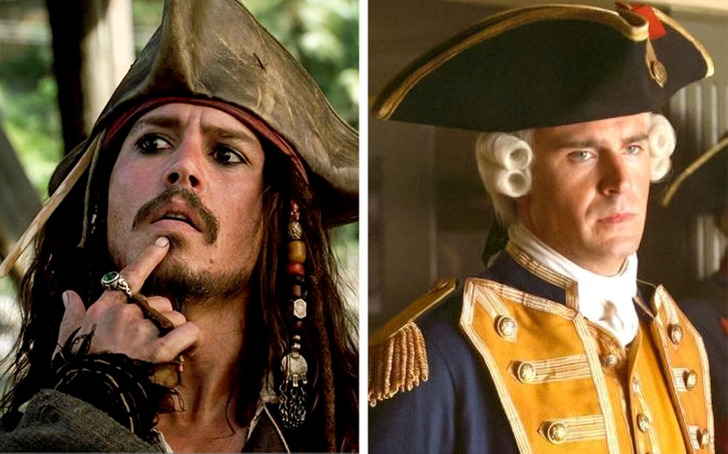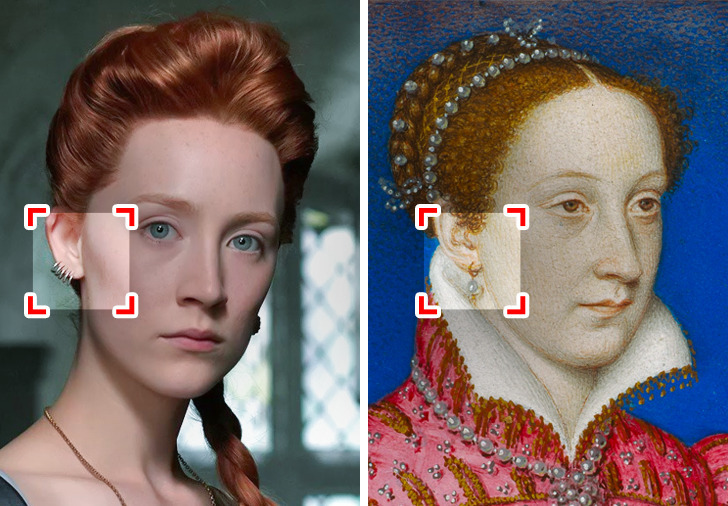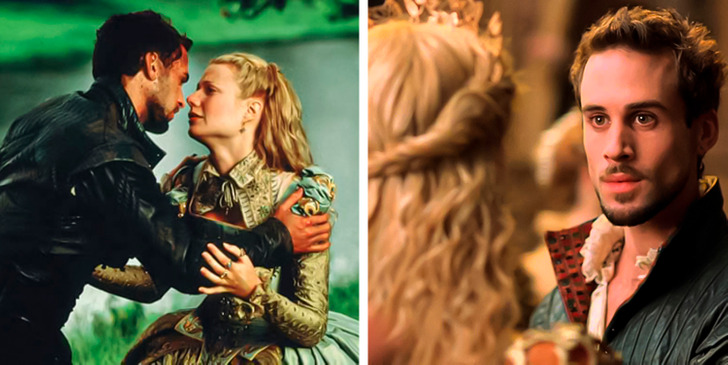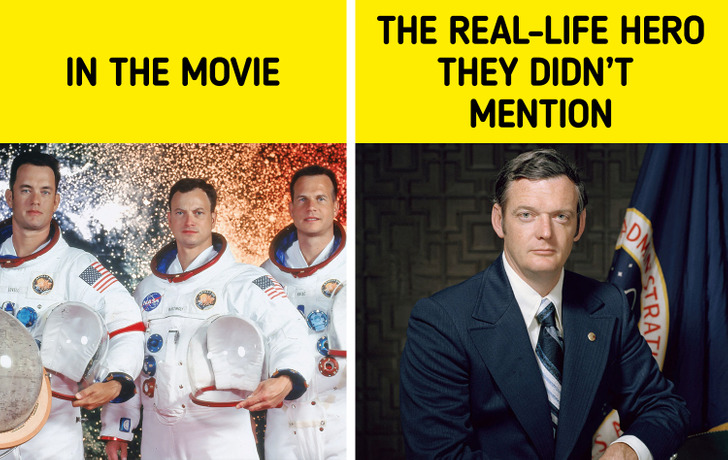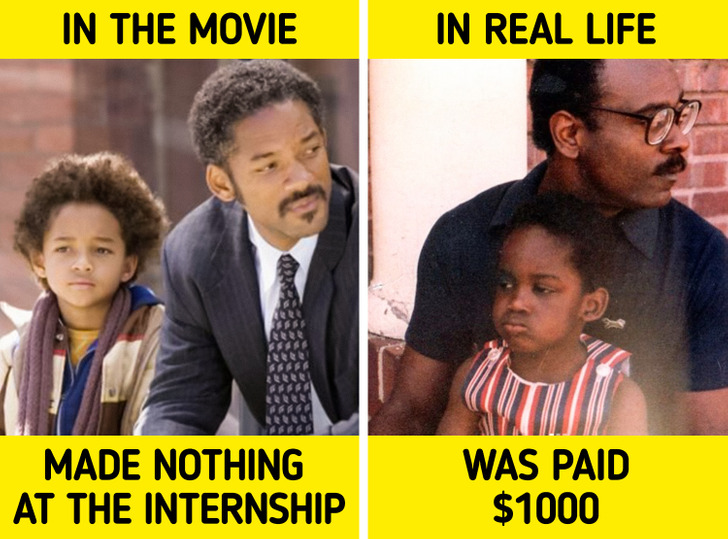11 Movies That Slightly Changed True Stories for a Better Dramatic Effect
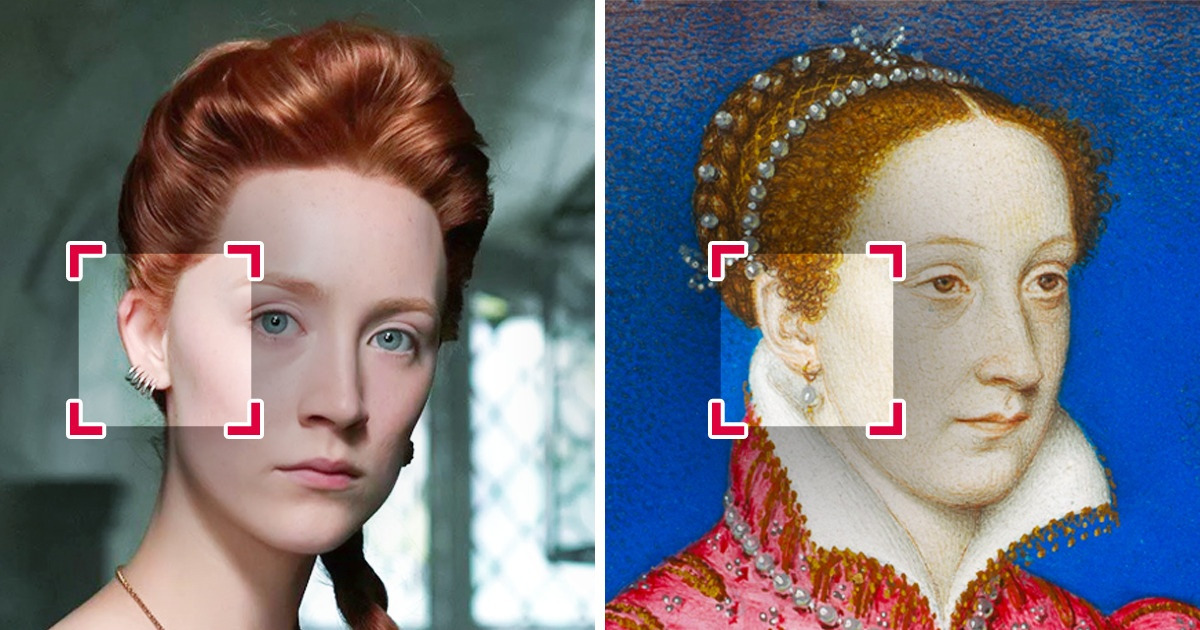
Movies based on real events can be very interesting and bring us a little closer to the lives of people we admire or to historical events we want to know more about. However, we must keep in mind that sometimes fiction surpasses reality. In order to create more drama or to make the plot more entertaining, many times what happens in the film is far removed from what happened in real life.
1. In The Theory of Everything, Stephen Hawking’s love story was changed.
This film tells the love story of astrophysicist Stephen Hawking and his wife Jane, as well as the tough challenges they faced for 30 years due to Stephen’s degenerative disease. In the film, Stephen and Jane meet at Cambridge University in the UK, however, this is not correct.
Jane herself revealed that the 2 actually crossed paths at St. Albans when she was in high school and, from there, their romance evolved. She also stated that the film doesn’t make allowances for the constant and exhausting trips abroad and how difficult it was for her to take care of getting everything ready.
2. The drivers’ rivalry in Rush was pushed to the limit.
The film depicts the lives of drivers Niki Lauda and James Hunt, who competed for Formula 1 championships during the 1970s. In the film, the rivalry and mutual dislike are taken to exaggerated levels, while in real life the drivers formed a solid and lasting friendship, and even shared a home.
3. There were several errors and altered historical facts in Gladiator.
The 2000 masterpiece that thrilled thousands of spectators had several oversights. In one of the scenes, printed paper leaflets are handed out among the spectators of the Colosseum, something unthinkable for the time. Another error is that during the Roman Empire, the Colosseum was known as the Flavian Amphitheater, and its current name was popularized from the Middle Ages onward.
But the biggest inaccuracy was the death of Emperor Marcus Aurelius and his complicated relationship with his son Commodus, played by Joaquin Phoenix. In real life, the Roman emperor died of a natural illness, accompanied by his son until his last day. Contrary to what the movie shows, Commodus had a very close relationship with his father, and ruled the empire together with him.
4. In The Imitation Game they changed the name of the machine.
This film tells the story of the fascinating life of Alan Turing, the British scientist who managed to invent the machine that cracked German codes and thus was able to put an end to the war. In the movie the machine was named “Christopher,” supposedly inspired by Turing’s teenage love for his partner Christopher Morcom, but this could not be further from the truth. The real-life name of the machine was “The Bomb.”
As for Christopher, there is no evidence that he shared Turing’s love, although they did share a very close friendship and his demise deeply affected the scientist. Another fact that is not mentioned in the film is that Turing did not build the machine alone, but had the help of mathematician Gordon Welchman.
5. In House of Gucci, the number of kids the couple had was changed
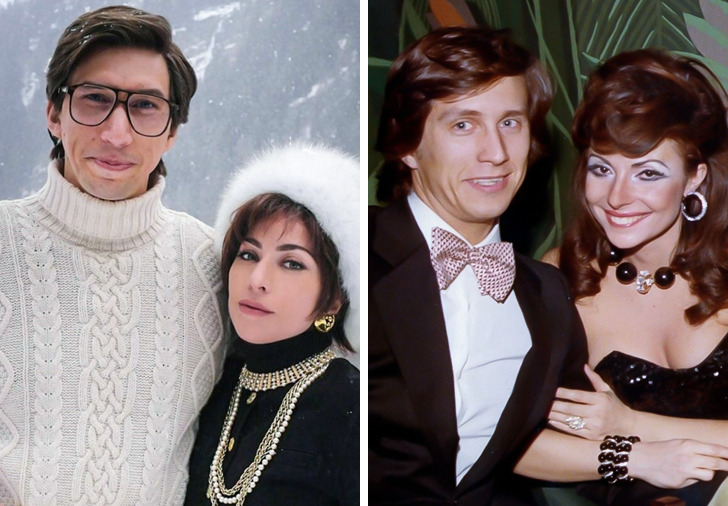
In the movie House of Gucci, the main actors, Maurizio and Patrizia, have only one daughter named Alessandra. In one scene, Patrizia mentioned that she decided to name the girl after Maurizio’s mother. In reality, the mother of Maurizio Gucci was called Sandra. In real life, the couple had two daughters: Alessandra and Allegra. Perhaps the creators of House of Gucci removed the second kid from the picture to make the plot more well-established.
6. Django Unchained was way ahead of its time.
Jamie Foxx undoubtedly left his mark on cinema by playing Django, and one of the things we will never forget is his unique style. During practically the entire movie, the character wears sunglasses, something that could not really have happened, since this accessory began to be popularly worn in the 1920s, at least 60 years after the time in which the film is set.
7. Pirates of the Caribbean had several wardrobe and location oversights.
Thanks to its comic and adventurous touch the film was a worldwide success but, in reality, there were many logistical and wardrobe oversights. The film depicts Port Royal as a thriving city and a major British port in 1720. But the truth is that the city was destroyed by a fatal earthquake in 1692 and, despite attempts, it was not possible to rebuild it.
On the other hand, the uniforms used by the officers of the Royal Navy did not exist at the time in which the film is set. The first regulations began in 1748, imposed by Admiral George Anson.
8. Queen Mary of Scots and her strange taste for piercings in Mary Queen of Scots.
During many scenes, we see Queen Mary Stuart with multiple earrings and ear piercings, much more modern accessories, but it is unknown if they existed in the sixteenth century, the era in which the film is set.
Moreover, in no portrait or book can Queen Mary I of Scotland be seen wearing the piercings shown in the film. What we cannot deny is that, in fiction, they give her an unequaled touch of strength and personality.
9. Love was not what inspired Shakespeare to write Romeo and Juliet.
Very little is actually known about William Shakespeare’s personal life, so it is completely natural that the romance described in Shakespeare in Love was fictional. What is quite inaccurate is that it inspired him to create his masterpiece, Romeo and Juliet. In reality, Shakespeare based it on a popular play that already existed written by Luigi Da Porto, an Italian writer.
It would also not be possible for the queen to travel to see a play at the time. The theater companies were the ones who traveled to perform before the court.
10. Apollo 13 and the forgotten hero no one talks about
The movie shows us many confrontations and discussions between the astronauts and the other NASA collaborators, but in reality, this never happened. In addition, the solutions to the problems presented in the film were quite improvised in order to maintain the tension, but in real life, there were contingency and crisis plans for any unforeseen event.
The film also forgot to mention a very important hero, thanks to whom the crew of Apollo 13 managed to survive: Glynn Lunney, the engineer and flight director. His quick and wise decisions were one of the keys to the astronauts’ safe return home.
11. The Pursuit of Happiness altered the actual sum of Chris’ salary.
In the film that tells the story of Chris Gardner’s struggle and subsequent overcoming of his circumstances, the protagonist agrees to do an internship at a brokerage firm without a salary. This was completely exaggerated to increase the drama of the film.
Chris actually got paid a thousand dollars, which, although not a huge amount for a father taking care of his son in San Francisco, is a far cry from what the movie led us to believe.
What are your favorite movies based on real events? Tell us why they impressed you in the comments.
